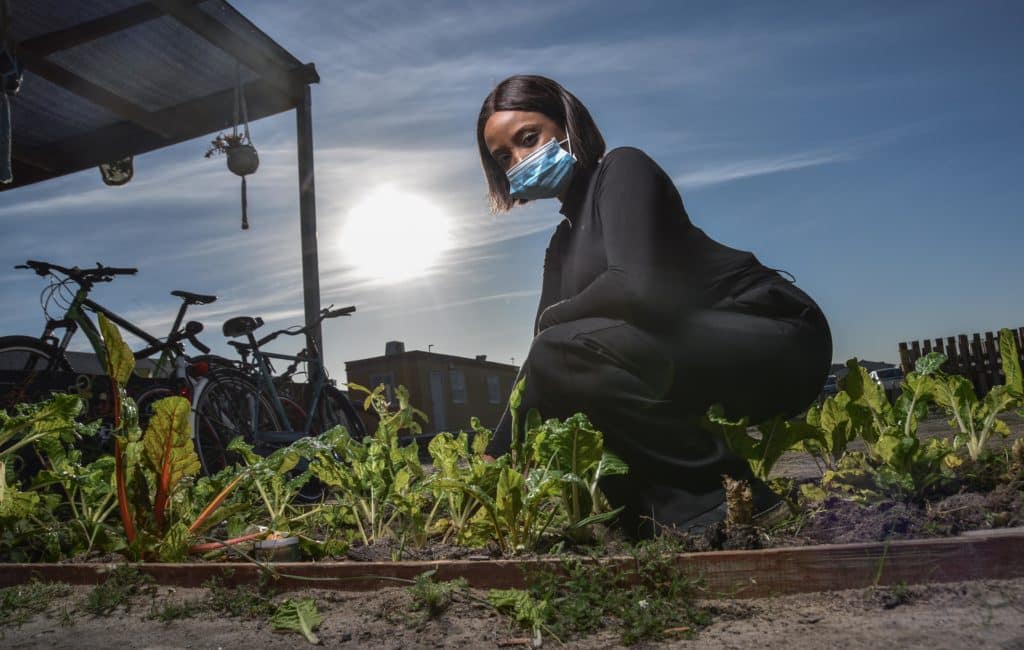Separating fact from fiction
Separating fact from fiction online
To help you identify accurate, factual information, amid a sea of false news, we spoke to Stanford University’s Dr Seema Yasmin.
In 2018, researchers from the Massachusetts Institute of Technology (MIT) found that fake news travelled six times faster than true stories on Twitter.
The study found humans not bots were responsible for the spread of false stories.
It came as no surprise to Dr Seema Yasmin, who specialises in the spread of medical misinformation. Check out her thoughts and tips in this video.
Dr Yasmin says we are vulnerable to fake news because of “our need for certainty and understanding in a world that is full of uncertainty”.
In the context of a pandemic, information is rapidly changing, so as well as checking the source of a fact we also need to check the date of news we receive.
Dr Yasmin also highlights the need to be sceptical when a news story is sensational or too good to be true, as it might not be reliable.

